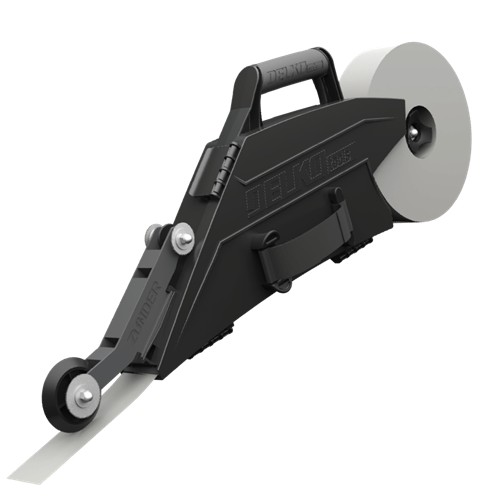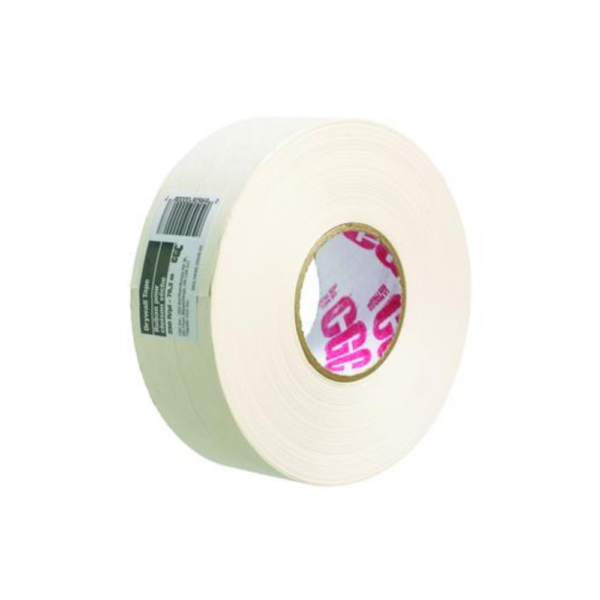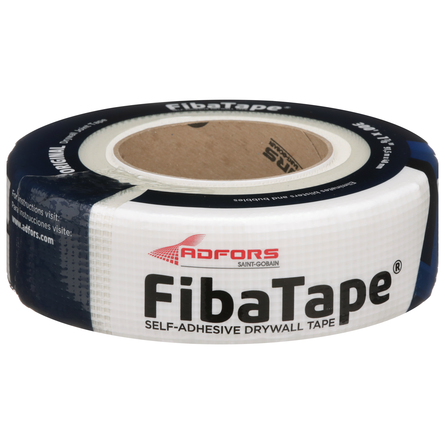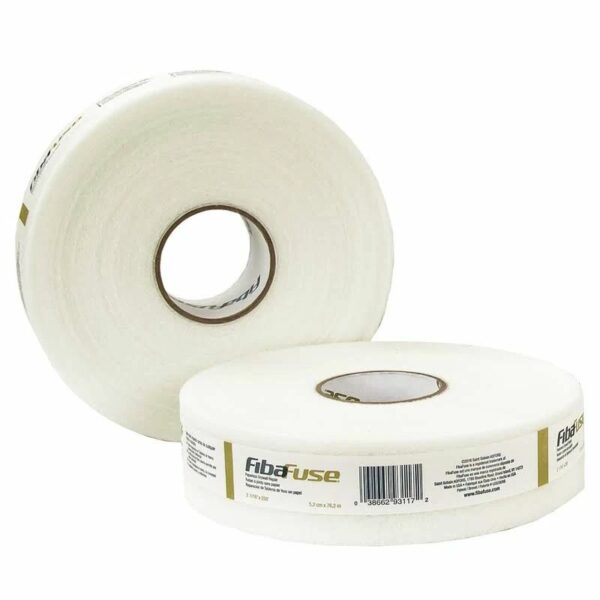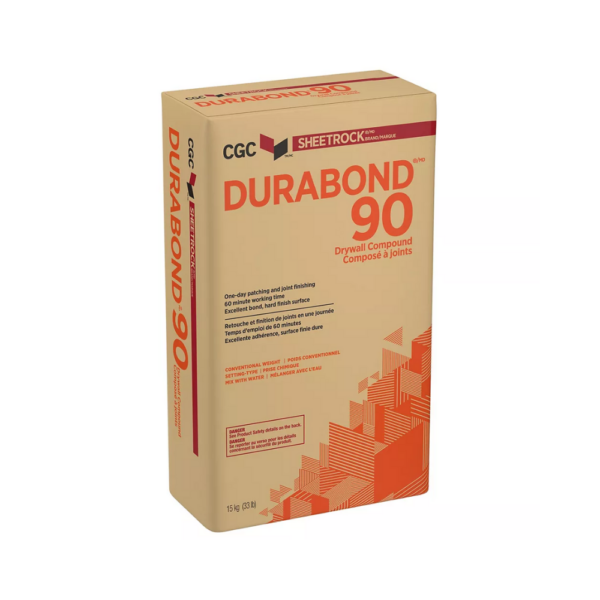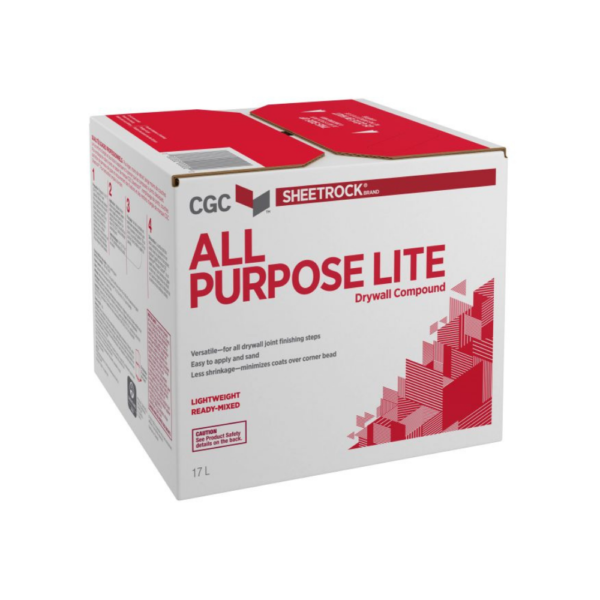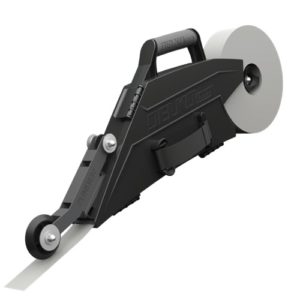Helpful Drywall Taping Tools: The Drywall Banjo
Taping drywall can be a long, messy, and boring process. However, taping drywall is necessary for ensuring that the walls are secured and cracks are filled in. Before jumping right into how to use a drywall banjo, we will discuss why you should use a drywall banjo.
Why Should I Use a Drywall Banjo?
Semi-automatic and fully automatic drywall machines significantly reduce the time needed to tape drywall joints. There are two different drywall mud and tape machines that can be used to speed up this laborious task. These are drywall bazookas and drywall banjos. Banjos are more common because they are the inexpensive option compared to the bazooka. If you have the budget, and if you spend most of your time taping, consider a bazooka instead as this tool is fully automatic.
What Kind of Drywall Tape Can I Use with a Banjo?
Drywall banjos can use both regular paper tape or fiberglass mesh tape. Fiberglass mesh tape is more user friendly for beginners because it requires less mud than regular tape. Instead of applying mud first then tape then another layer of mud you apply the tape first then the mud because one side of the tape is sticky.
However, if you are a professional, we recommend using regular paper tape. Using paper tape is ultimately faster then mesh tape and provides a smoother finish between the two options.
-
FibaTape Original Drywall Joint Tape (Mesh) 500′
Rated 0 out of 5Drywall Tape USD $9.21 – USD $110.56
What Drywall Boards Can I Use a Banjo With?
Drywall banjos can be used for all types of drywall boards and plaster boards. No matter the job, you can use a drywall banjo for taping. Drywall banjos are useful for taping the following boards, white board, green board, blue board, paperless, purple, type x, and soundproof.
What Kind of Drywall Mud Can I Use With a Drywall Banjo?
Drywall banjos can use but not limited to any of the following types of drywall mud. Lightweight all purpose joint compound, topping compound, quick setting, hot mud, Durabond, pre-mixed drywall mud, and all-purpose joint compound. All of these joint compounds are compatible with each other, yet, we recommend using only one type of compound instead of mix and matching.
Step By Step Guide: How to Use a Drywall Banjo
Step 1: Install the Tape Roll
Every drywall banjo has a wheel that houses a roll of drywall tape. Simply place the tape over the wheel until it is secured.
Step 2: Thread the Tape
Open the banjo and feed the drywall tape from one end of the banjo to the other. Make sure that the tape is placed along the top of the chamber and fed through the other end of the banjo. You will place the mud under the tape so that the mud comes out with the tape against the drywall.
Step 3: Thin Your Drywall Compound
While you prepare your joint compound, make sure you thin out your all-purpose joint compound with water using a sponge. This allows for the compound to flow out with the tape. You may need to thin out the compound more or less depending on how it flows from the drywall banjo. If the compound isn’t thin enough, it will not flow through causing resistance while taping.
Step 4: Place the mud into the chamber
Take your mixture of all purpose drywall compound and place it into the mud chamber in your drywall banjo.
Step 5: Adjust the Flow of Mud
The drywall banjo is able to adjust the flow of mud allowing drywall mudders to control how much mud is used while taping. The ideal amount of mud you want to come out on your tape is 1/8 inch.
Step 6: Taping with the Banjo
First thing you will want to do is place your hand through the strap on the banjo. This allows for better control while using the banjo. Next, take the loose tape and hold it along the joint you are taping. Continue holding down the tape and pull the banjo along the joint. Move the hand that is holding the tape and use it to smooth the tape as it is being pulled. Once you are done taping the joint use the cutter on the end of the banjo to cut the tape.
Now that you know how to use a drywall banjo, you can now tape a room together in half the time it would normally take you. Browse our selection of drywall banjos to see which one is right for you.

